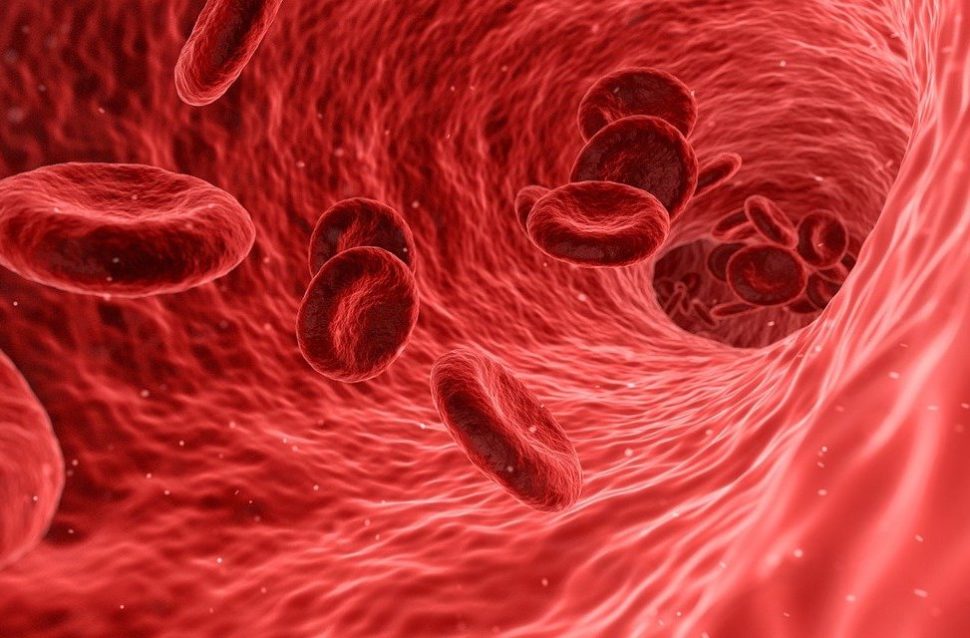Heart attack patients occasionally have to undergo surgery to replace their damaged or blocked coronary arteries.
At the moment, the best replacement option usually comes from elsewhere in the patient’s body. Surgeons typically use a healthy vessel — generally in the leg — to create an alternate route.
Unfortunately, this method comes with some slight downsides. For one, some patients don’t have viable vessels. Also, the procedure is quite invasive.
As such, it became necessary to investigate possible alternatives. And that’s what the researchers from North Carolina University and Case Western Reserve University did in a recent study.
In a statement to the press, the first author of the study, Fan Zhang, said:
“There is a need to find an alternative solution for this kind of patient. That’s why we’re looking to use tissue-engineered vascular grafts.”
The scientists were able to knit a prototype artery graft using hybrid synthetic and biological yarn.
The team described their proof-of-concept in their published paper in the journal Materials Science and Engineering. C.
Using a Circular Knitting Machine to Create Artery Grafts

The researchers combined two fibers — collagen and synthetic fiber — into a hybrid yarn. A circular knitting machine then fashioned the yarn into an artery substitute that can contract and expand like the real thing.
However, the scientists pointed out that the artery grafts are not a permanent implant. Instead, it’s a scaffold for the patient’s cells to stick to and grow around to build a new artery.
According to the scientists, the collagen in the artery substitutes could help the cells stick better.
Compared to a version made using only synthetic material, the hybrid yarn has increased cell adhesion by tenfold at the beginning. What’s more, it helped boost the eventual cell population by 3.2 times.
Senior author of the study, Martin King, explained:
“We’re not designing a prototype that is a ‘final product,’ we’re putting in the ingredients that will allow the patient to heal, and use this construct to heal and function as a coronary artery.”
In the proof-of-concept, the fibers degraded after completing the task, and the body absorbed them. For instance, the synthetic fiber broke down to form lactic acid.
The researchers are currently working to improve the prototype. And it begins with solving the porosity issue that leads to blood leakage.
After that, they hope the artery grafts would be ready for animal testing, and eventually, humans.



















Comments (0)
Most Recent